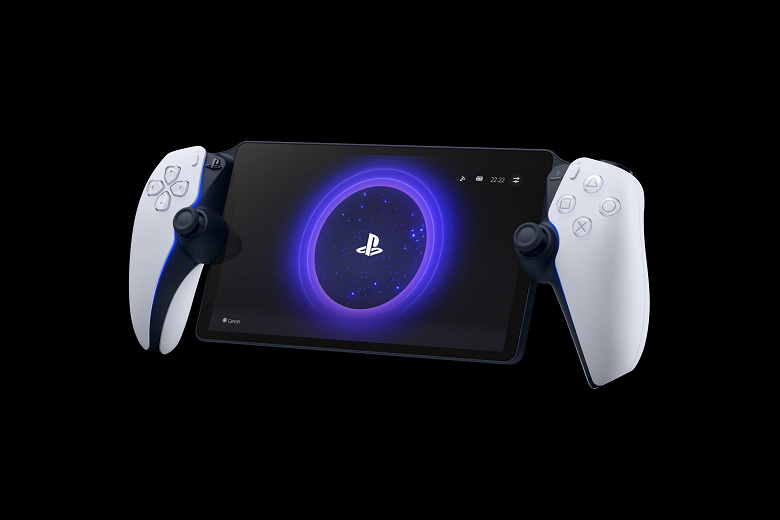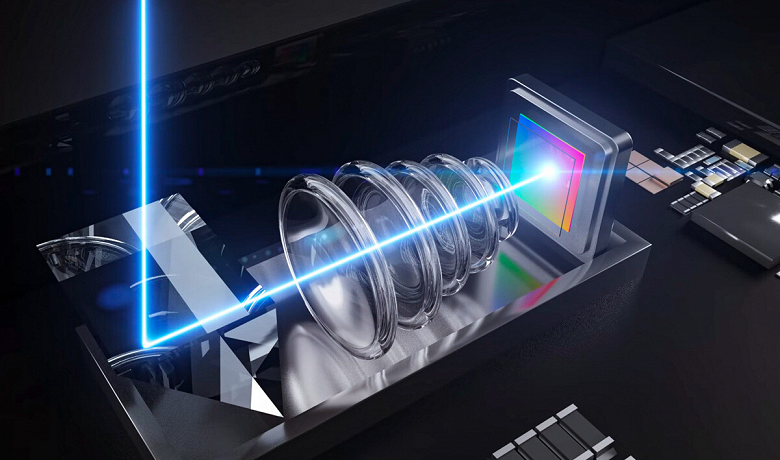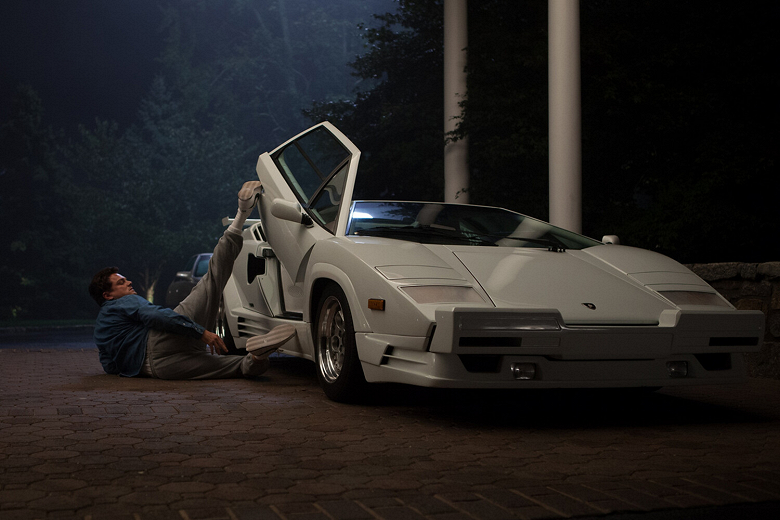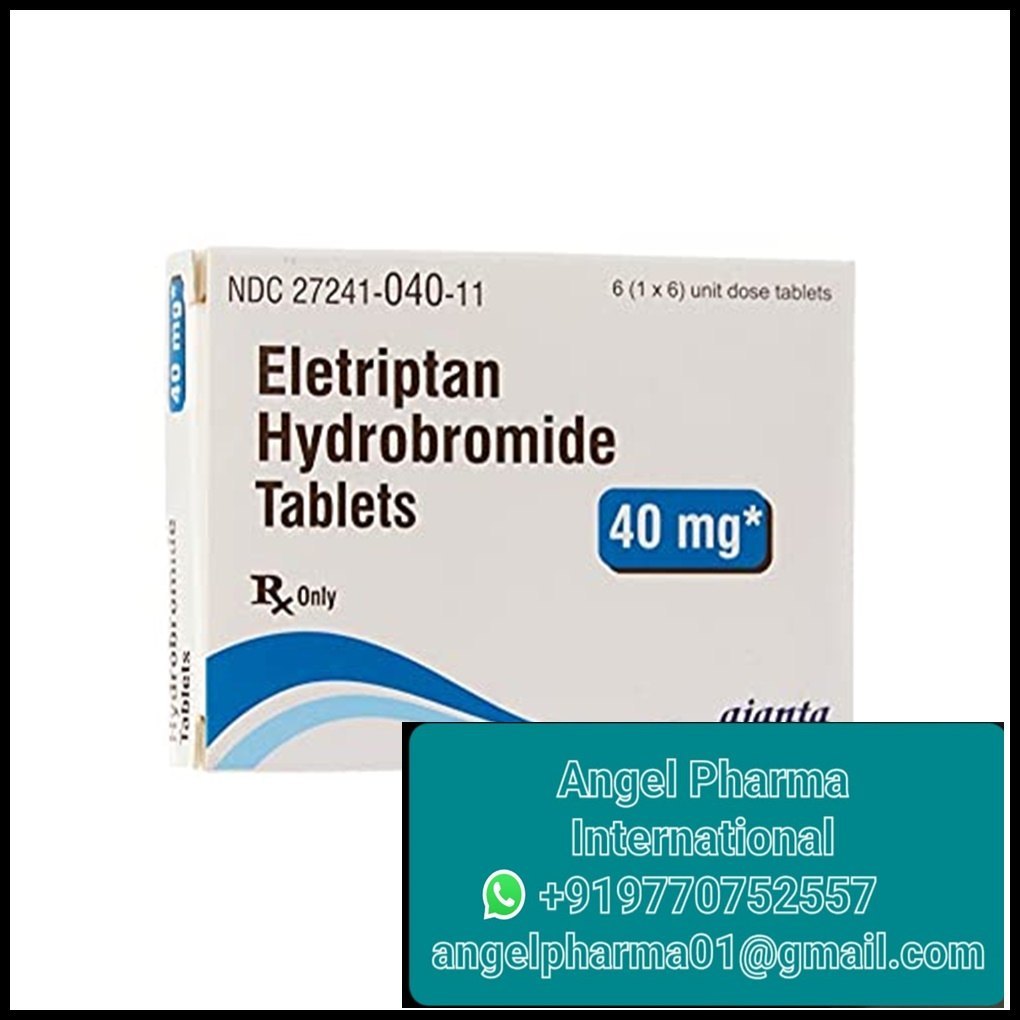But not for smartphones
Sony introduced two new image sensors: IMX500 and IMX501. They are interesting in that they are the first sensors that are able to handle the tasks of artificial intelligence on their own. That is, all the necessary calculations are made in the sensors themselves.
To begin with, we note that the IMX500 and IMX501 are one and the same sensor, just in the first case it comes without a substrate, so then we will talk about a new solution as one product.
So, Sony IMX500 / IMX501 is a 1 / 2.3-inch optical format sensor with a resolution of 12.3 MP. That is, today it is absolutely not amazing either in size or in resolution. The sensor allows you to shoot video in 4K resolution at 60 fps and Full HD at 240 fps.
As for the unique features, the sensor has a special image processing processor with its own memory, which completely takes care of the processing of AI tasks, thus unloading the main processor of the device and speeding up the processing. It is worth clarifying that this works with both photos and video.
Such sensors can be used in devices with a weak processor or without it at all. Yes, initially these sensors are not for smartphones and generally not for consumer devices. For example, surveillance cameras, machine vision cameras, and so on can be equipped with such sensors. In some cases, all data processing from such devices is done in the cloud, so the new Sony sensors will save a lot of time and make the data more secure. One example is Amazon Go’s cashless stores, equipped with hundreds of cameras.
Sony also compares its new sensor with some consumer devices. For example, in a Google Clip camera or a DJI Phantom 4 drone, the image recognition algorithm works with one video frame for hundreds of milliseconds or even more, while the IMX500 / IMX501 does this in 3.1 ms. However, Sony stipulates that its sensors are focused on working with basic algorithms, so that for more complex tasks it will still require other computing power, but this is quite logical.
The company has already begun supplying IMX500 test samples, and IMX501 will begin shipping in June. The cost of the first sensor is 93 dollars, the second – 186 dollars.










